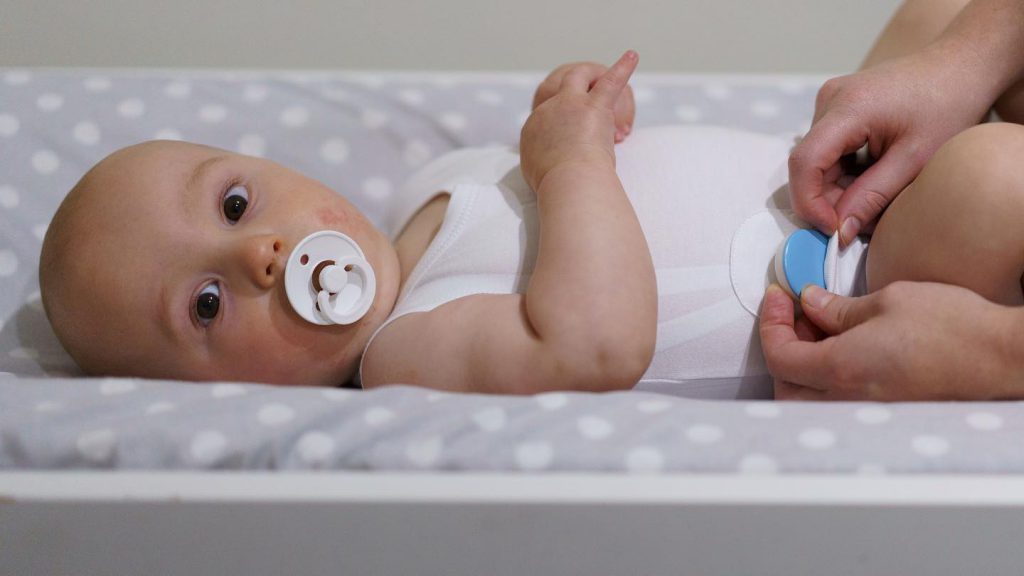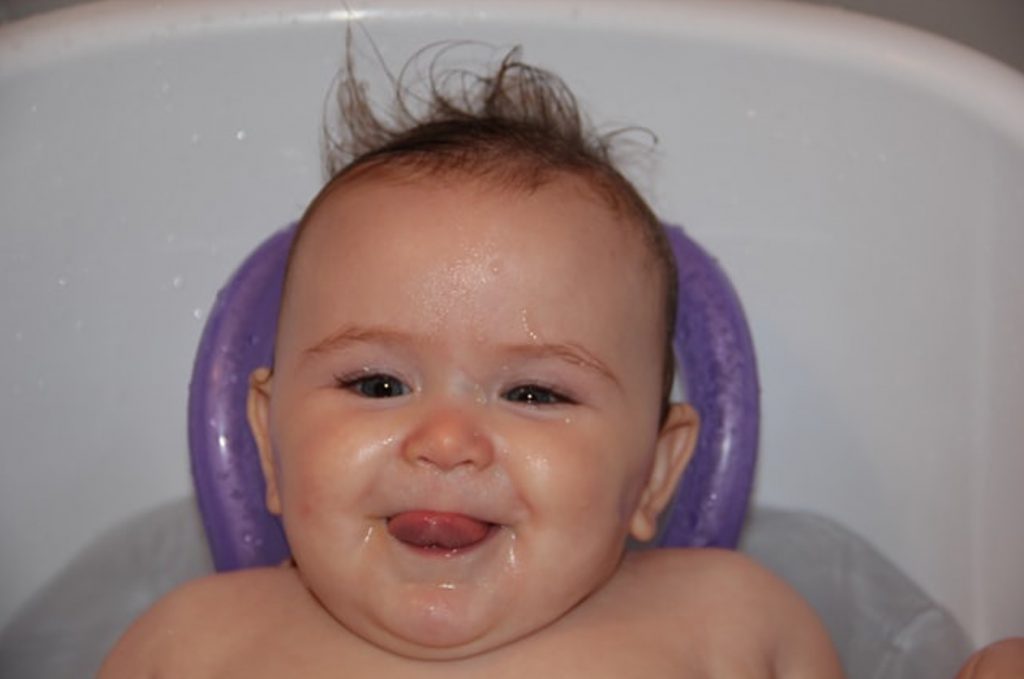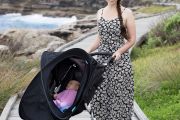What You Need to Know About Your Baby’s Temperature and Why It’s Important

What You Need to Know About Your Baby’s Temperature and Why It’s Important
Sponsored post
Being a new parent can be both exciting and daunting. There is so much you suddenly need to learn and know about, that you’ve barely even thought about before. Like when it comes to your child’s temperature, what’s normal and what is too high? It can be a lot to remember, especially during the middle of the night when you’ve been woken by an unsettled or upset baby. So, we’ve put together this handy guide that’ll cover all things related to your baby’s body temperature.
Why is Monitoring Your Baby’s Core Body Temperature Important?
Body temperature is a one of our vital signs – and can be used to assess the general physical health of a person, and also indicate when they are unwell. In order to know whether your baby has a low or a high core temperature, it’s helpful to know what their normal temperature is. All babies are different and core temperatures between them can vary, but the average is around 36.4 °C. Your baby’s core temperature should be within 1 degree of their normal temperature.
Generally, things like growing, sleeping, breastfeeding and teething do not cause a high temperature. High temperatures are caused by abnormalities, like infections such as gastro, cold and ear infections. An allergic reaction to something can also cause the core body temperature to rise, as can extremely high environmental temperatures.
What is the Best Way to Take Your Babies Temperature?
There are a few things to remember when taking an accurate reading of your baby’s temperature. Firstly, it is important to take it from the correct location on your child’s body, as some locations are likely to give you a reading of your baby’s skin temperature, rather than their core body temperature.
Thermometer – Whilst a thermometer can be used orally or rectally to take your baby’s temperature, we recommend placing it under your baby’s armpit (axillary). This does involve holding the thermometer tightly under their arm, and you must ensure that it is touching their skin, not their clothing.
Tympanic Thermometer – Another way of taking your baby’s temperature is with a tympanic thermometer which is placed inside the ear, with the probe pointing at the ear drum or tympanic membrane.
Infrared Thermometer – Infrared thermometers can be used by scanning the forehead. Whilst these may seem like a less intrusive means of taking your child’s temperature, particularly if they are asleep, if your baby really is hyperthermic or hypothermic they are typically inaccurate. They can however be a good gauge of your baby’s normal temperature.
Goldilocks Suit – Currently, the only product on the market that takes and continuously monitors core and skin temperature is the Goldilocks Suit.

Goldilocks is a simple singlet which has temperature sensors seamlessly screen printed onto it. Babies can wear the singlet comfortably while it takes their temperature every 30 seconds. This allows the Goldilocks suit to collate the data and give an extremely accurate picture of your baby’s normal core temperature. Not only does the Goldilocks Suit give parents valuable insight into the wellbeing of their child, it can also provide parents with much-needed sense of calm and peace of mind.
Since your baby’s circadian rhythm means that their core temperature rises just before they are ready for bed, the Goldilocks Suit can also be a helpful tool is getting your baby into a good sleep routine. You can read more about this and how it works here.
In addition to taking your child’s temperature, this innovative smart suit can help parents track everything from feeding, sleeping and breathing, and also connects parents with clinicians who can offer 24-hour advice when needed.
What Should You Do If Your Baby Has a High Temperature?
Firstly, if your baby has a high temperature, you should consider contacting your medical professional. At what stage you should call your doctor depends on your baby’s age and healthy they are. For babies that are ordinarily considered healthy, it is recommended to track your baby’s temperature continuously and keep a track of how long they have had the temperature for.
For babies 0-3 months – It is recommended to contact your midwife, GP or hospital anytime your baby has a high temperature.
For babies 3-12 months – It is recommended to contact your midwife, GP or hospital within the same day.
Over 12 months – It is recommended to contact your midwife, GP or hospital if it lasts more than 4 days.

There are also steps you should take to ensure your baby is as comfortable as possible whilst they experience high body temperatures.
- You should dress them in light, cool clothing, and keep the environment cool too. A lukewarm bath or a damp facecloth on their skin can also provide some comfort and help them to settle.
- It is also important to make sure you keep up your baby’s fluids at this time; breastmilk or formula for babies, and water for older children.
- Some medications can also help to bring down your child’s temperature and cause temporary relief from pain, so we would recommend discussing these options with your clinician or local pharmacist.
Disclaimer: This article is for general information only and not intended as a substitute for medical advice. All information provided on this website is not intended to diagnose or prescribe. In all health-related matters we recommend consulting with your local healthcare professional.













